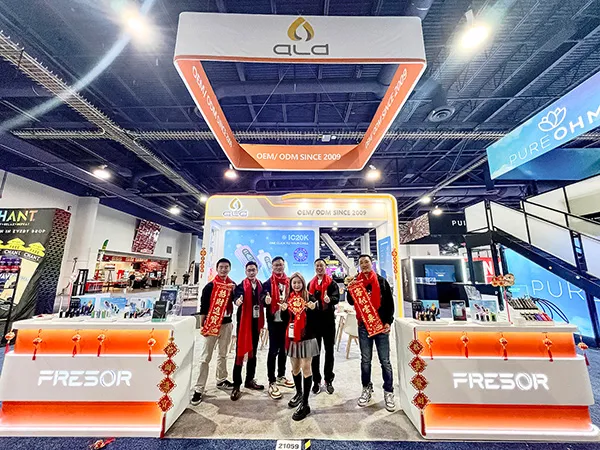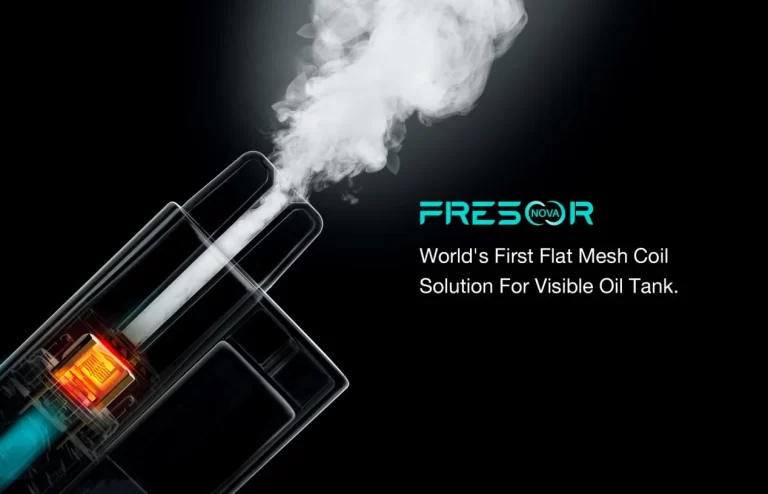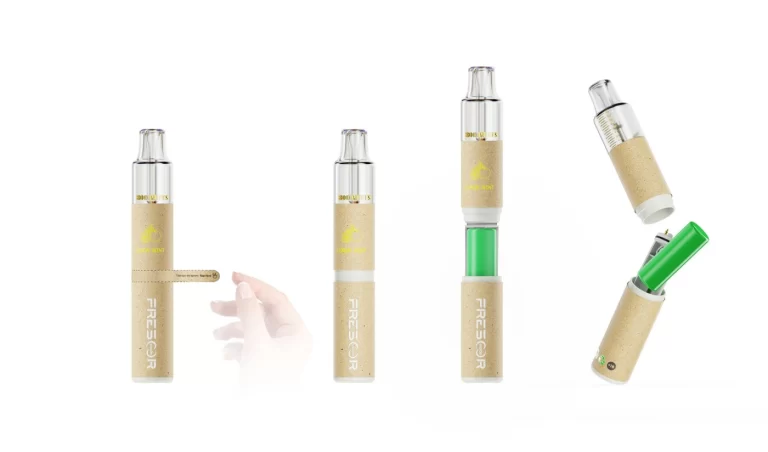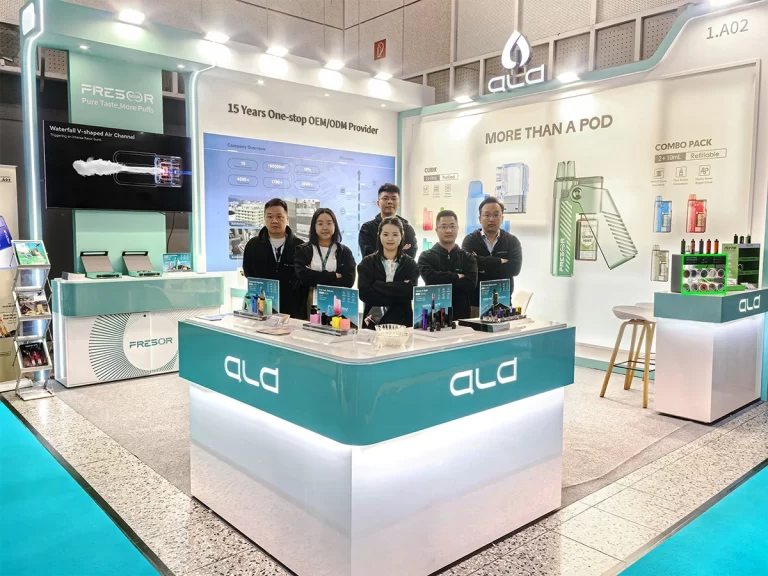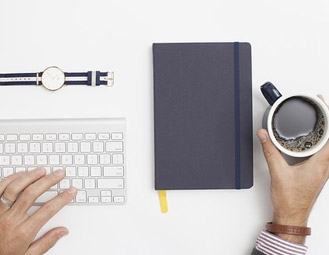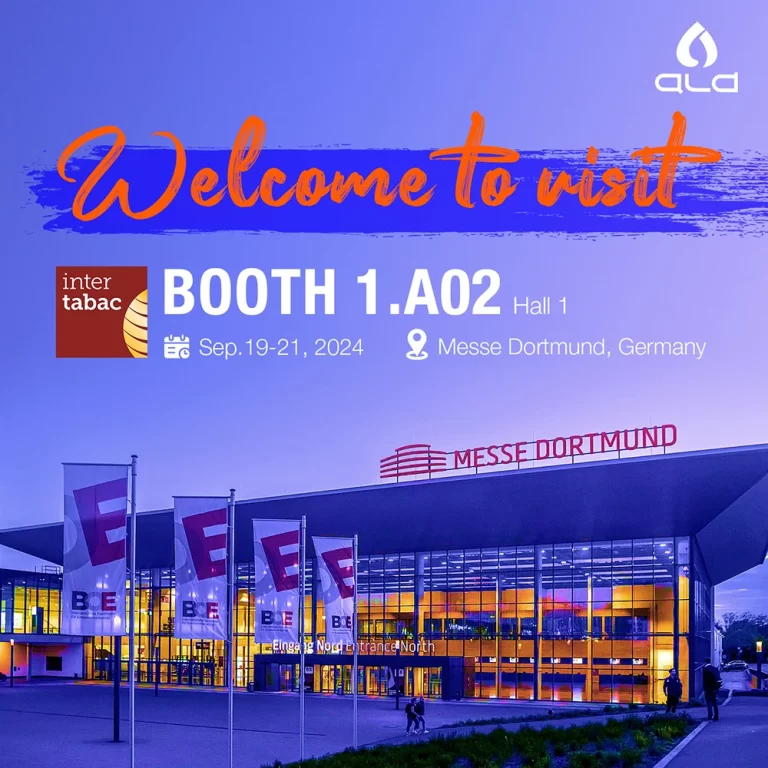Curved display e-cigarettes are becoming increasingly popular, with many models hitting the market. These large, immersive screens provide a unique visual experience, making them a top-selling feature in today’s vaping devices. But how are flexible curved displays made, considering most screens are based on rigid, non-bendable substrates? This article delves into the technology behind these flexible screens: the flexible circuit boards.

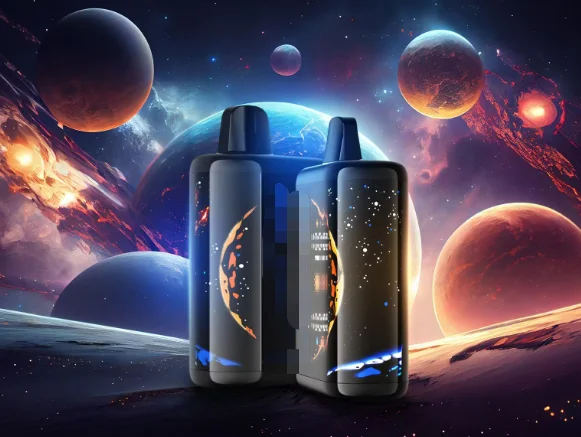
The Curved Display Substrate – Flexible Circuit Boards
A Flexible Printed Circuit (FPC), also known as a flexible circuit board, soft circuit board, or flex PCB, is a specialized type of printed circuit board. The defining characteristics of flexible circuit boards are their lightweight design, thinness, flexibility, and bendability. These features make them ideal for use in various electronics such as smartphones, laptops, digital cameras, and curved display e-cigarettes.
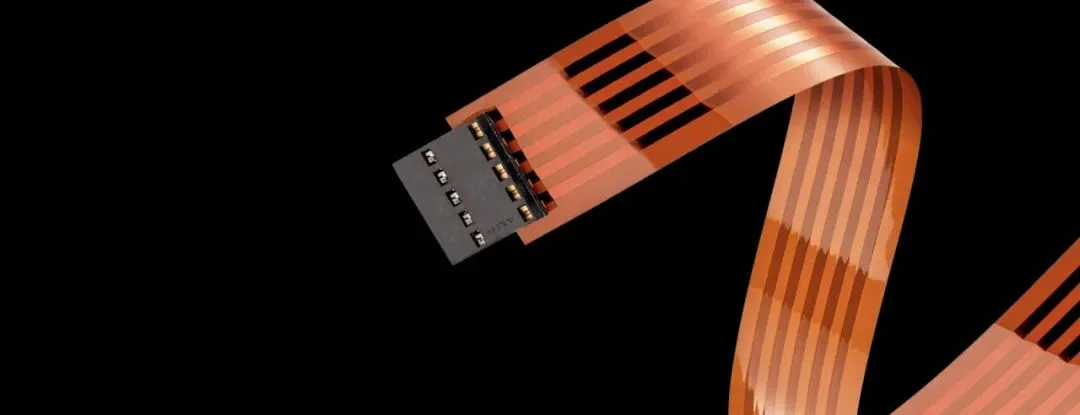
1. Structure of Flexible Circuit Boards
Substrate
The substrate of a flexible circuit board is typically made from flexible polymers such as polyimide or polyester. Polyimide is favored for its excellent thermal stability and mechanical properties, while polyester is used in cost-sensitive applications.
Conductive Layer
The conductive layer, usually made of copper, is crucial for transmitting electrical signals. Copper is chosen for its excellent conductivity and flexibility. Depending on the complexity of the circuit, the copper layer can be single-sided, double-sided, or multilayered.
Adhesive Layer
An adhesive layer bonds the copper conductive layer to the flexible substrate. This adhesive must be flexible and durable to maintain the integrity of the flexible PCB under bending and twisting conditions.
Cover Film
A cover film is applied over the conductive traces to protect them from environmental factors such as moisture, dust, and mechanical damage. The cover film is usually made from the same material as the substrate, such as polyimide.
2. Types of Flexible Circuit Boards
- Single-sided Flexible Circuit Boards
These boards have a single conductive layer on one side of the flexible substrate, typically used for simple applications requiring only one layer of circuitry. - Double-sided Flexible PCBs
Double-sided flexible boards have conductive layers on both sides of the substrate, making them suitable for more complex applications requiring additional circuitry. - Multilayer Flexible Circuit Boards
These circuit boards consist of multiple layers of conductive material with insulating layers in between, used in highly complex applications requiring multiple circuits. - Rigid-Flex PCBs
These combine both rigid and flexible substrates in a single PCB, often used in complex electronic devices with multiple interconnected components.
3. Manufacturing Process of Flexible Circuit Boards
The production of flexible circuit boards is similar to rigid PCBs but involves some additional steps:
- Substrate Preparation: The flexible substrate is cleaned and treated to improve the adhesion of the copper traces.
- Copper Lamination: A thin layer of copper is laminated onto the substrate using heat and pressure.
- Patterning: The desired circuit pattern is transferred onto the copper layer through a photolithography and etching process.
- Application of Cover Film: A protective insulating layer called a cover film is applied over the copper traces to safeguard them from damage.
- Lamination: Multiple layers of the flexible circuit board are laminated together using heat and pressure to form the final product.
- Cutting and Drilling: The flexible PCB is cut into the required shape and size, and any necessary holes are drilled for component mounting or interconnection.
- Surface Treatment: Exposed copper traces are coated with protective layers, such as gold or silver, to prevent oxidation and improve solderability.
- Assembly: Components are mounted onto the flexible circuit board using soldering or conductive adhesives.
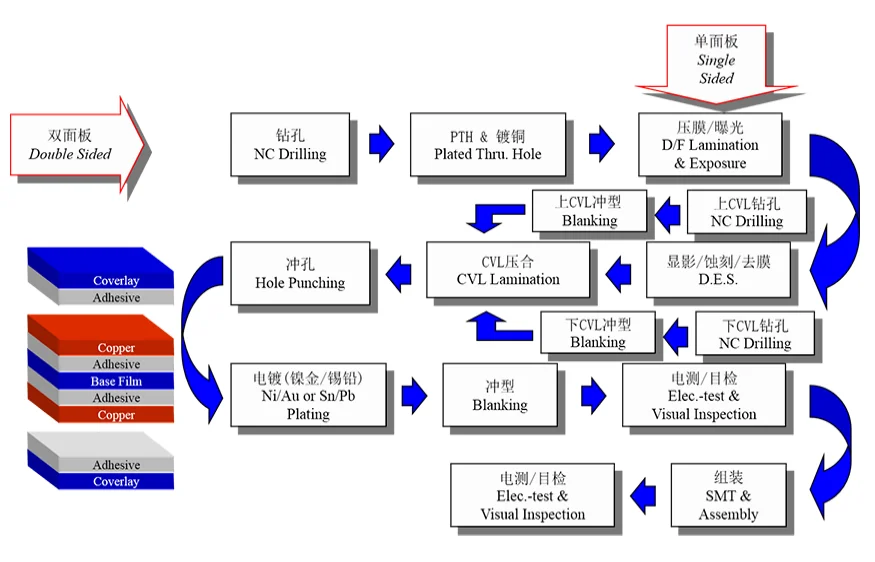
Conclusion
Flexible circuit boards, with their lightweight, bendable, and durable properties, play a pivotal role in the design of curved displays in modern e-cigarettes, including disposable vapes from Sweden. The use of FPCs not only enhances the flexibility of the screen but also contributes to the overall user experience by providing sleek, modern designs. As e-cigarette technology continues to evolve, we can expect even more innovation in the application of flexible PCBs for creating immersive, high-quality vaping devices.



